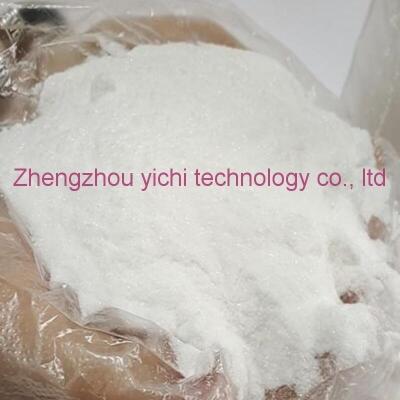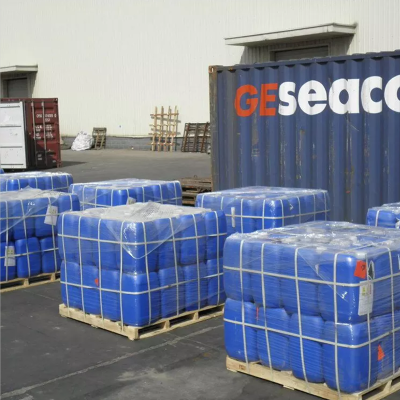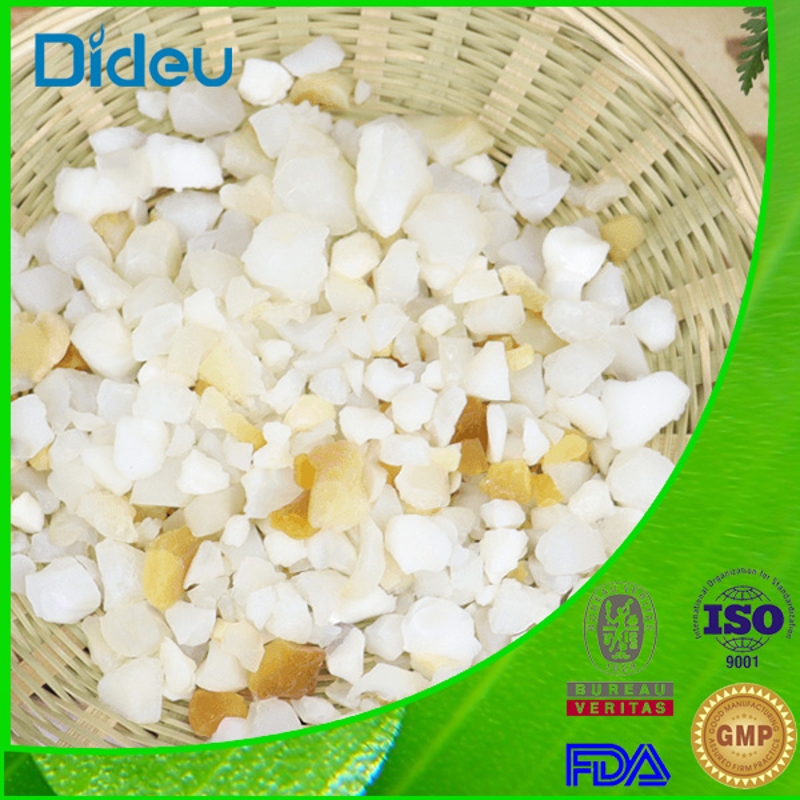-
Categories
-
Pharmaceutical Intermediates
-
Active Pharmaceutical Ingredients
-
Food Additives
- Industrial Coatings
- Agrochemicals
- Dyes and Pigments
- Surfactant
- Flavors and Fragrances
- Chemical Reagents
- Catalyst and Auxiliary
- Natural Products
- Inorganic Chemistry
-
Organic Chemistry
-
Biochemical Engineering
- Analytical Chemistry
-
Cosmetic Ingredient
- Water Treatment Chemical
-
Pharmaceutical Intermediates
Promotion
ECHEMI Mall
Wholesale
Weekly Price
Exhibition
News
-
Trade Service
4-Ethylguaiacol is an organic compound that is commonly used as a flavoring agent in the food industry.
It is a colorless liquid with a characteristic sweet and spicy odor, and is often used to add flavor to a wide variety of food products.
The production process for 4-ethylguaiacol involves several steps, including the extraction of the compound from natural sources, its purification and isolation, and its synthesis in the laboratory.
The extraction of 4-ethylguaiacol from natural sources is typically done through steam distillation.
This process involves exposing the plant material to steam, which causes the volatile oils to evaporate and become concentrated in a separate container.
The steam is then cooled, and the condensed liquid is collected and separated into its various components.
4-ethylguaiacol is typically found in the essential oil of various plants, such as the cassia tree, which is native to China and Indonesia.
Once the 4-ethylguaiacol has been extracted from the plant material, it must be purified and isolated.
This is typically done through a process called crystallization, which involves cooling the concentrated solution to a temperature at which the 4-ethylguaiacol will form crystals.
The crystals are then separated from the liquid and dried, resulting in a pure form of the compound.
In some cases, 4-ethylguaiacol may also be synthesized in the laboratory through a series of chemical reactions.
This process typically involves the use of petrochemicals as raw materials, and involves a number of steps, including the reduction of the compound to its final form.
Once the 4-ethylguaiacol has been produced, it is typically packaged into smaller containers for shipment to customers.
The compound is usually sold to food manufacturers, who use it to add flavor to a wide variety of products.
It is often used in baked goods, candy, and other sweets, as well as in savory dishes such as soups and stews.
In conclusion, the production process for 4-ethylguaiacol involves the extraction of the compound from natural sources, its purification and isolation, and its synthesis in the laboratory.
The final product is typically packaged and sold to food manufacturers, who use it to add flavor to a wide variety of food products.
The demand for 4-ethylguaiacol is expected to continue to grow in the coming years, as the food industry looks for new and innovative ways to add flavor to their products.







